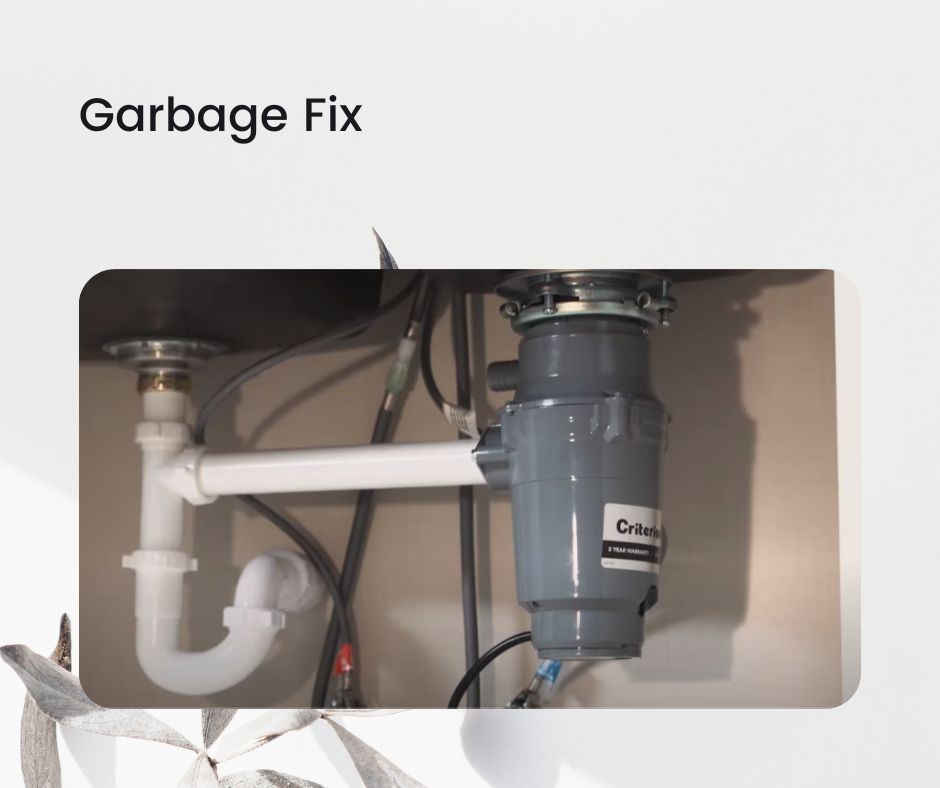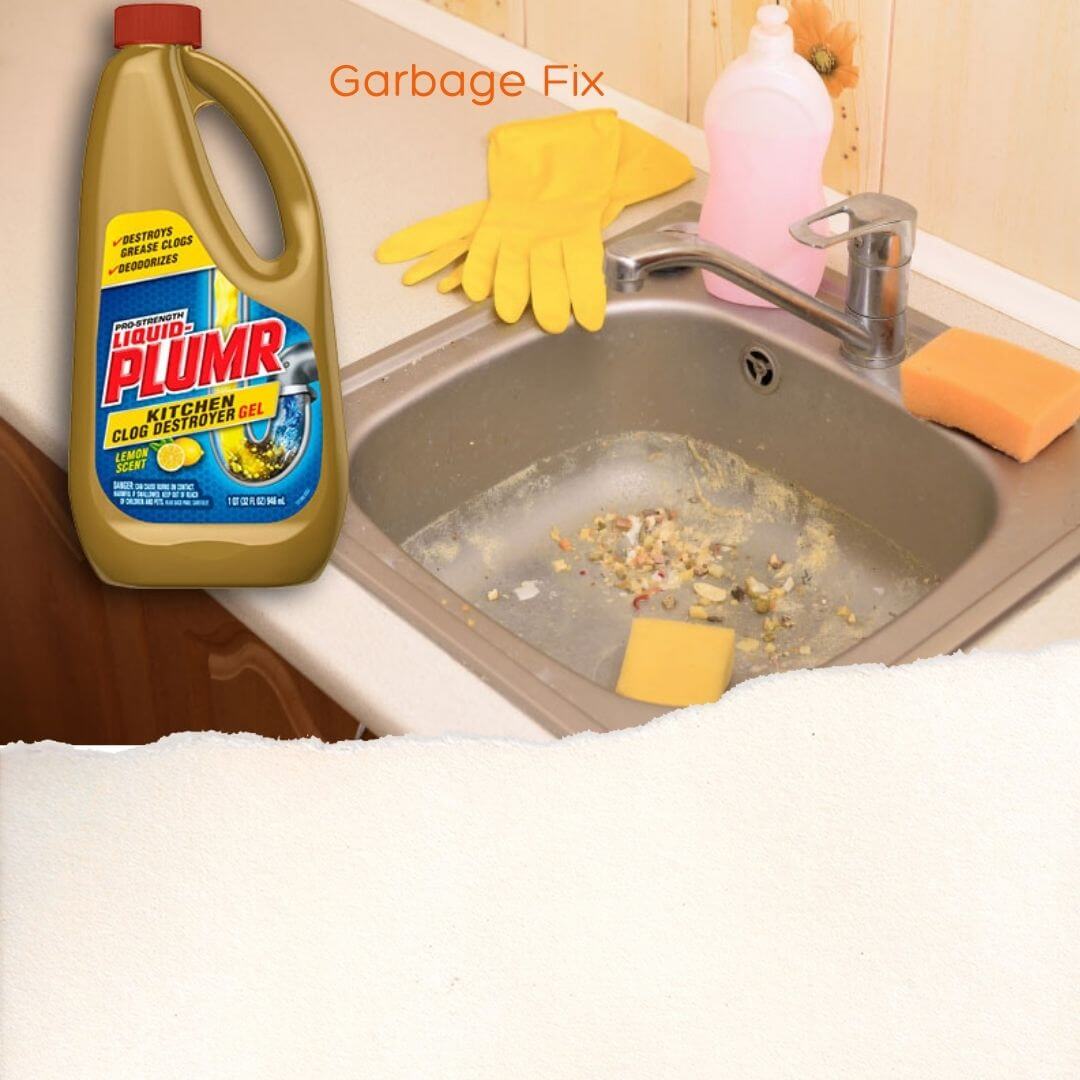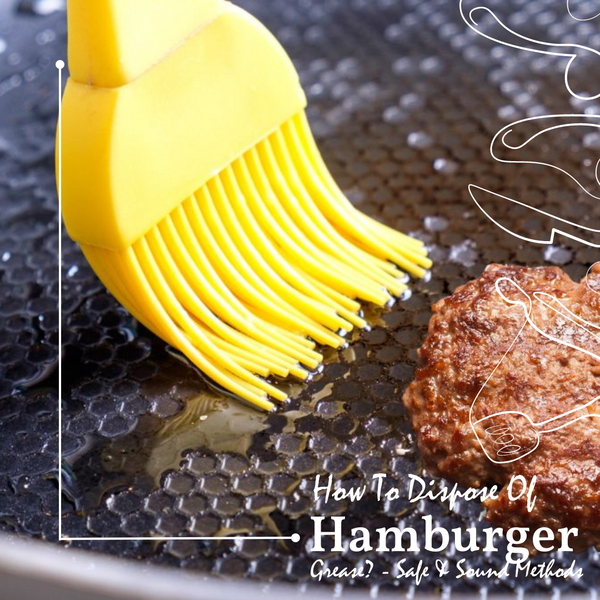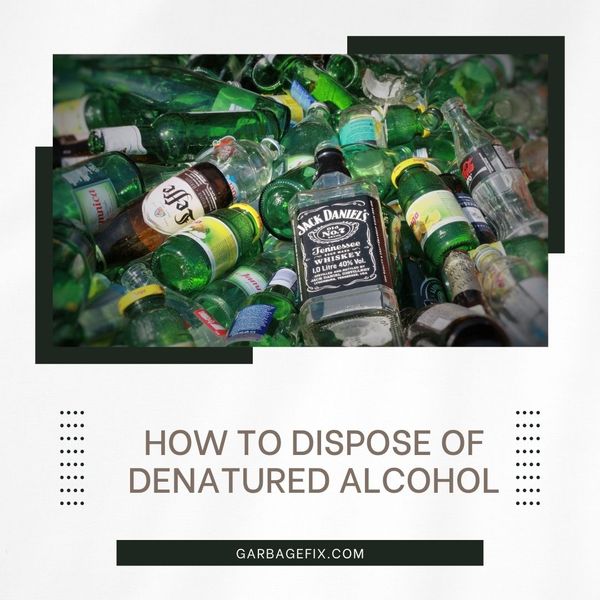But we're all curious about the effect of leaving a liquid plumber in a drain for an extended period.
What happens if you leave the liquid plumber in too long
Although Liquid Plumber is an extremely effective cleaning product, it also offers significant health and safety dangers. It may create corrosion and damage to the drain in such a short time.
To what extent does excessive usage of Liquid Plumber cause havoc?
Because Liquid Plumber is caustic, You should not keep it in pipes for long periods. Drain cleaners like Liquid Plumber can damage plastic and metal pipes. Allow Liquid Plumber to sit in the drain for no more than 15 minutes before flushing with water.
If you leave Drano in the drain for too long, it may dissolve a particularly stubborn blockage. However, if you do this frequently, you risk damaging the inner lining of your drain pipes.
By leaving Drano in the drain for a long time, you may be effective in removing a very tough and tenacious drain blockage.
However, this short-term advantage may eventually result in costly drainage system repairs. Furthermore, it could endanger your health and the health of your loved ones.
There are multiple Drano formulations, each with its unique set of benefits. You should not keep many types of Drano in the drain for long periods.
Some Drano versions contain acidic substances, which are extremely corrosive and can cause major harm to your plumbing and health.
Several other Drano products, on the other hand, are minimally corrosive and contain a corrosion inhibitor. The Drano Max Build Up Remover may remain in the drain for longer than other similar products. It is safe to store overnight in the drain for 6-8 hours.
Except for a trace amount of caustic soda necessary to adjust the pH, this Drano product contains no hazardous or acidic substances. Unlike other Drano products, this one does not contain bleach, sulfuric acid, or other acidic ingredients.
Drano Max Build Up Remover is suitable for home and business use because it is built of all-natural bio cleansers that use bacterial enzymes to decompose drain obstructions and buildups.
Because they consume only organic materials, bio-cleaners are not harmful to metal or plastic pipes. Furthermore, they do not emit any hazardous byproducts that could irritate or damage human skin or tissue, making them safer for human health.
When should Liquid Plumr be used?
Before running water down the drain, wait fifteen minutes. Because this solution is safe for pipes, you can leave it in place overnight if you have a slow drain. If the drain is completely clogged, you should leave it alone to clean.
If you are concerned about what will happen if you forget about the Drano for an extended time.
The heat causes porcelain to crack or pipes to rupture. It would be best if you did not use Drano for anything else after using it on the sink. After 24 hours, You can use the sink again. Because the solution is designed to dissolve practically all forms of biological residues, you should exercise caution when working with it.
Some drain cleaners may aggravate the clog.
After being treated with a chemical cleaning, a blockage may become even more obstinate. If the flow through the pipes is already slow, a drain cleaner may partially dislodge the deposits, resulting in a total blockage later.
Damage
Liquid Plumber and Drano include caustic chemicals, which may dissolve obstructions in pipes. That's bad news since it means they can nibble away at the pipes and potentially dissolve them.
While Liquid Plumber and Drano are more successful at causing damage to plastic pipes, they can also cause corrosion in metal pipes. Because of the greater risk of plumbing damage, the toilet is the worst area to utilize Liquid Plumber.
Frequent use of Liquid Plumber in drains is OK, but consumption can quickly lead to costly plumbing problems even once a week.

Older pipelines are especially prone to the corrosive effects of chemical drain cleaners.
More than three or four applications of Liquid Plumber per year may be detrimental to your plumbing.
If your drains become clogged regularly, it could signify a larger problem, and you should contact a plumber. Other methods for cleaning obstructions include flanges, plumbing snakes, plumbers, and enzyme-based cleansers.
Consider what would happen if Drano failed to do its job.
Instead of going for the Drano, why not try baking soda and vinegar? After 30 minutes, throw a cup of baking soda and a cup of vinegar down the drain. After 15 minutes, flush the drain with hot water to see if the obstruction has been removed.
Will Drano still work with hot water?
The existence of bubbles implies that the operation was successful. Cover the injured area and wait 15 minutes for the best results. After the foam has subsided, flush the drain with hot water. You should not use hot water since it can potentially melt plastic pipes.
Will inhaling Drano poison you?
Despite their innocent appearance, some of the chemicals used to produce home goods, such as Drano and Liquid Plumber, are quite harmful. Most people associate this phrase with the substance sodium hydroxide. If inhaled, they are damaging to the respiratory system.









